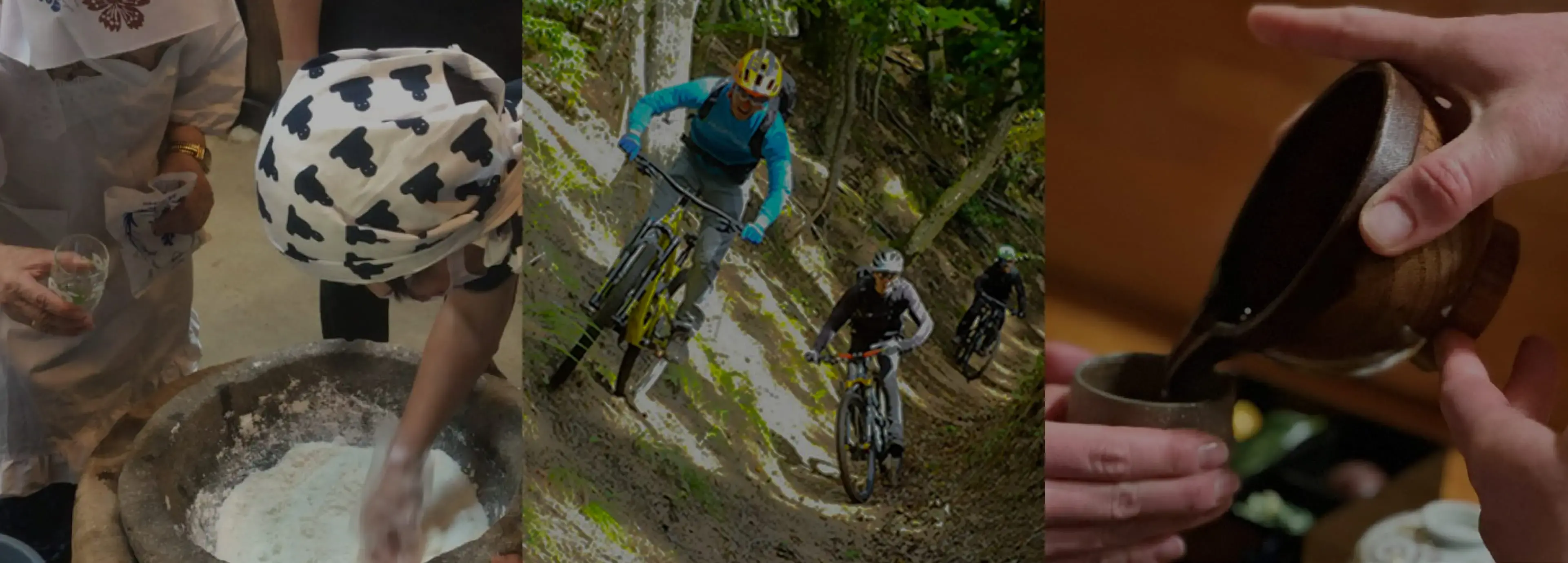

Walk different and unique historical trails every day while staying in Hirugami Onsen
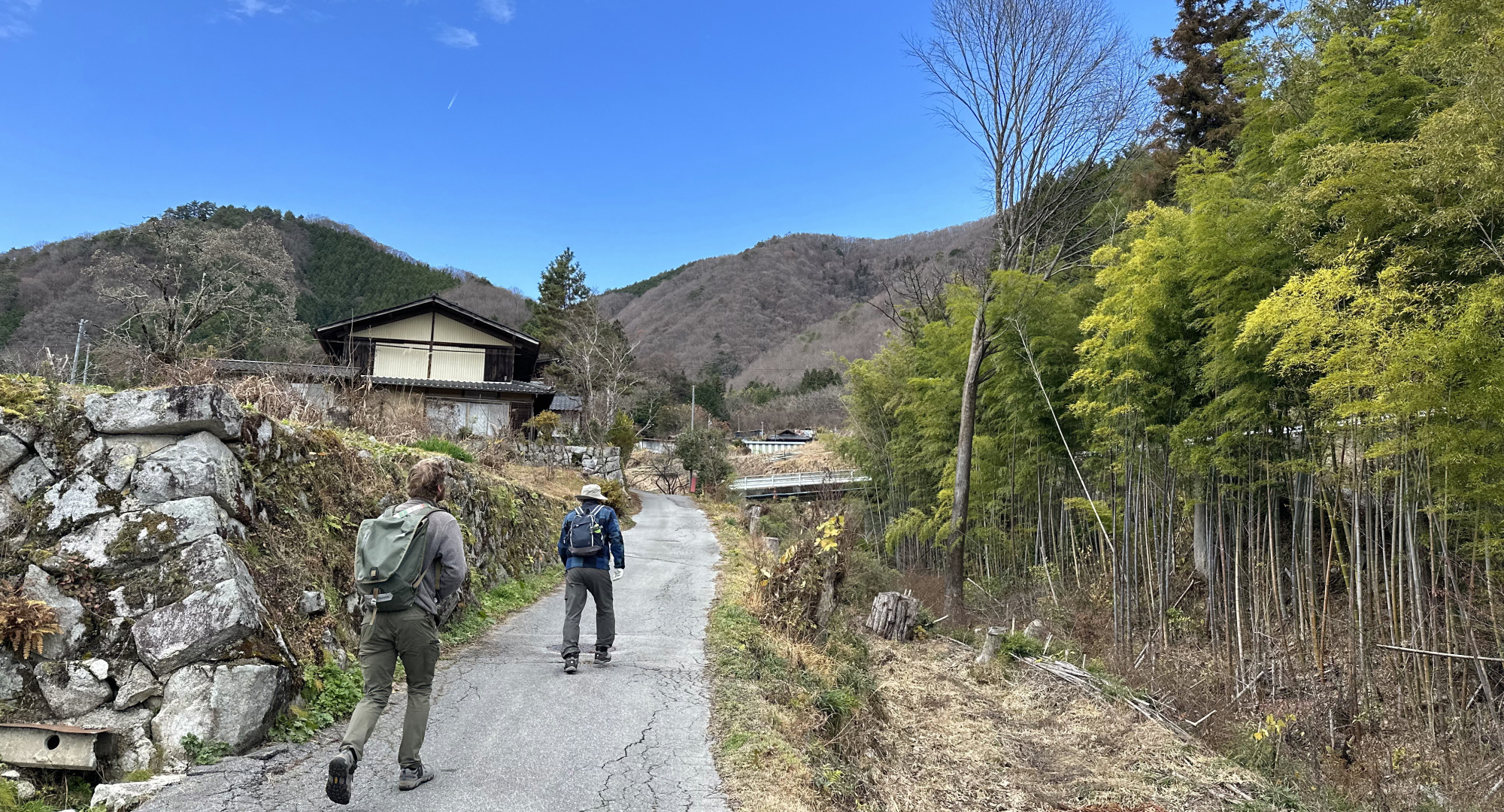
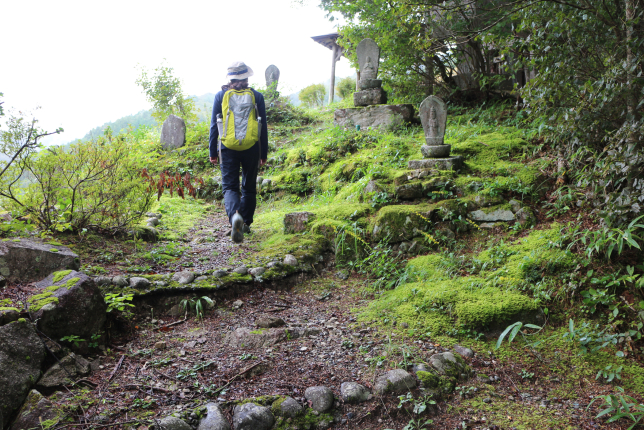
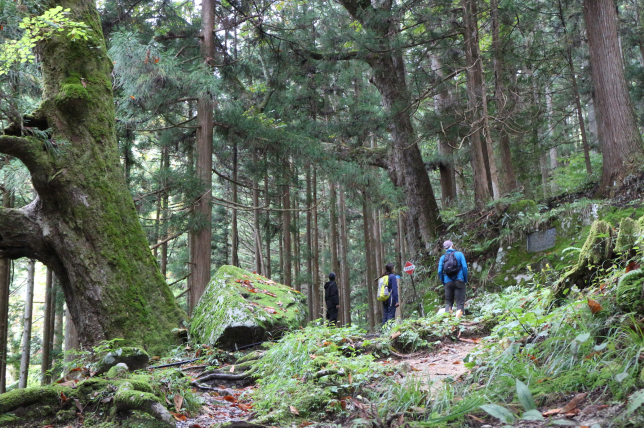
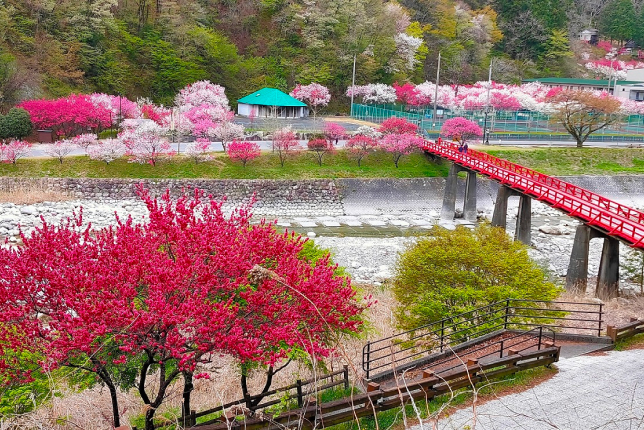
This tour takes place in Achi Village at the southern end of the Ina Valley. Achi is famous for its night sky and is ranked no.1 for star-gazing in all of Japan. The village is bordered on the north and west by Nagiso Town and Nakatsugawa City, which are home to Tsumago-juku and Magome-juku respectively. The start point of this tour at Hirugami Onsen is just 40 minutes from Tsumago-juku and 50 minutes from Magome-juku by car, and the area has a strong historical connection to the Nakasendo.
Achi Village has a long history and is written about in several Japanese ancient texts from as early as the 8th century. The whole village is blessed with an abundance of nature, a rich depth of history, and stunning mountain views. As you walk you’ll pass through quaint rural hamlets, full of life and beauty.
Guests will enjoy walking on different and unique trails every day:
[Day1]
The Chuma-kaido: A ancient currier road for horses and peasants from the Edo Period (1603-1867). The hike goes through picturesque hamlets and ends with a cooking experience with locals.
[Day2]
The Seinaiji-kaido: A beautiful forest hike on an ancient road from the Edo period that once connected Tsumago-juku of the Nakasendo with the southern end of the Ina Valley.
[Day3]
The Tosando: A mountain hike on one of Japan’s oldest known roads takes you all the way back to the 700s as you take on the hardest part of the Tosando, the legendary Misaka Pass.
Accommodation will be at Hirugami Onsen, the largest onsen resort in Southern Nagano. Hirugami Onsen is known for its peach blossoms. In spring some 5,000 peach trees burst into blooms of pink, red, and white. After hiking each day guests can enjoy a relaxing soak in the onsen and the wonderful cuisine of their ryokan.
Nature/Culture/Activity
[Day1] Hiking the Chuma-kaido (Hike a historical road through beautiful rural hamlets, meet the locals and try their cuisine)
On Day 1, guests will hike on historical trails through beautiful hamlets, meet the locals and try making their traditional food.
Starting from Hirugami Onsen, guests will start the hike on the Tosando,one of Japan’s oldest known roads dating all the way back to the 8th century. Then the hike will transfer to the Chuma-kaido, an ancient road used by horses and peasants dating back to the Edo period (1603-1867). Every day hundreds, sometimes thousands of horses transporting heavy cargo on their backs once walked along this road in ancient times. Being able to walk on two ancient paths in one day is a luxury quite unique to
Achi Village which has long been a transport hub for travelers and goods.
At the Komanba-juku, one of the largest “ekiya” (horse station towns) on Chuma-kaido, you will meet the locals. They will teach you how to make “gohei-mochi,” grilled rice dumplings, which you will eat it for lunch along with a few dishes to share from a local restaurant. Your day finishes with
a walking tour of Komanba-juku with a friendly local guide.
[Day2] Hiking the Seinaiji-kaido (A beautiful ancient forest road that connected Tsumago-juku with the Ina Valley)
On Day 2, guests will hike the Seinaiji-kaido, a road that once connected Tsumago-juku on the Nakasendo with the southern end of the Ina Valley. It was the shortest route and traversed over the Nashino Pass. During the Edo period (1603-1867), the path was used by the government officials, and pilgrims en route to sacred Mt. Ontake and Zenkoji Temple, as well as the transportation of daily goods.
The hike starts at Shimo-Seinaiji, a small village nestled deep in the mountains, where a checkpoint on the ancient road used to be. There wasn’t very much farmland and so the locals used what land there was to cultivate tobacco. In the winter they made wooden combs for a supplementary income. With abundant forests, timber was used to pay taxes instead of rice. Seinaiji is famous for its handmade fireworks (designated as an intangible folk cultural property by Nagano Prefecture), a culture handed down for about 300 years by the festival-loving villagers. These are the only locally handmade gunpowder fireworks in Japan and were used in the finale of the 1998 Nagano Olympics.
Today, the route is all but forgotten. It is a relaxing day of hiking through forests of cedar, cypress, and red pines while listening to the soothing sounds of mountain streams. The route is full of ancient relics and local folk tales that travelers of yesteryear would have told one another.
[Day3] Hiking the Tosando (A Mountain Hike on One of Japan’s Oldest Known from Sonohara to the Misaka Pass
On Day 3, guests walk from Sonohara to the Misaka Pass on the Tosando, a road developed about 1,300 years ago. At about 1,000 km long, the Tosando was an extremely long inland road that lead from the former capital of Omi, in modern-day Shiga Prefecture, to Mutsu in present-day Miyagi Prefecture. The path was traveled by officials responsible for the expansion of the Imperial Court’s influence in the north of the Japanese mainland, as well as “sakimori” warriors sent to defend northern Kyushu, people delivering taxes and tribute to the Imperial Court, and horses raised in Shinano (now Nagano Prefecture) and used in the capital.
On this tour, guests will hike on the old Tosando from Sonohara in Achi Village to the Misaka Pass. In ancient times crossing the Misaka Pass was known as the hardest section of the Tosando. Not only was the road steep, long, and mountainous, but the weather was also extremely volatile, with sudden dense fog and thunderstorms making it difficult for travelers to get around. Sonohara, located on the eastern side of the mountain range, is a village with beautiful views and a nostalgic rural Japanese atmosphere. Many an ancient tale of Sonohara and the Misaka Pass has been told by travelers on the Tosando.
The area, with its harsh yet beautiful nature, has been written about in several Japanese historical documents since the early 8th century, as well as in waka poems composed by travelers. The area also captured the imagination of people far away in the Imperial Courts and has been written about in prominent classical Japanese literature. The Tale of Genji by Murasaki Shikibu (said to be the world’s oldest full-length novel) and The Pillow Book by Sei Shonagon are both works of art written by female authors of the Imperial Court in the early 11th century and both feature the Misaka Pass.
After climbing to the top of the Misaka Pass, with stunning views on a clear day, guests will take chairlifts and a ropeway down the mountain to finish. Enjoy over 1,300 years of history, culture, and nature on this beautiful hike.
105,000JPY~ / person for 4-5ppl
92,000JPY~ / person for 6-8ppl
08:30/16:45
[Day1] Lunch, dinner, Stay at Keigetsu
09:40-10:00 Meeting at the lobby of Keigetsu (guests with suitcases may keep them at the hotel), briefing with your guide.
10:00-13:00 (Fureai Road) → Observation Platform → Nakadaira → (Chuma-kaido) → Komanba-juku
13:00-14:30 Making “gohei-mochi,” and eating lunch at Tsuboya
14:30-15:45 Komanba-juku walking tour
15:45-16:00 Move to Hirugami Onsen by car
16:00 Arrive at Hirugami Onsen and check in at Keigetsu
[Day2] Breakfast, lunch, dinner, StayatKeigetsu
08:00-08:20 Meeting at the lobby of Keigetsu, briefing with your guide.
08:20-08:40 Move to Shimo-Seinaiji Suwa Shrine by car
09:00-11:10 Walk from Seinaiji Checkpoint → Kannon-do → Anko-zawa → Nashino Pass
11:10-11:55 Lunch at Nashino Pass Lookout
11:55-16:10 Walk from Nashino Pass → Aoki Stone Monuments → Aoki Community → Gorin Stone Monuments → Futatu-yama Road Sign → Futatsu-yama Community Center Parking Lot
16:10-16:30 Move to Hirugami Onsen by car
16:30 Arrive at Keigetsu
[Day3] Breakfast, lunch Stay N;A
Check out after breakfast. Leave your luggage while you hike if necessary.
08:30-08:55 Meeting at the lobby of Keigetsu, briefing with your guide
08:55-09:15 Move to Sonohara Visitor Center by car
09:15 Arrive at Sonohara Visitor Center, enjoy the scenery
09:30-09:45 Look around Sonohara Visitor Center
09:45-10:45 Walk from Sonohara Visitor Center → Tsukimi-dou → Komatsunagi-no sakura → Sugatami-no Ike Pond → Asahi-Matsu Pine → Kureshiro Waterfall → Waterfall Observatory Deck → Hahakigi Tree → Misaka Shrine
10:55-12:45 Walk from Misaka Shrine → Bangaku-sou Mountain Hut
12:45-13:30 Lunch at Bangaku-sou
13:30-14:50 Walk from Bangaku-sou → Misaka Pass ruins → (forestry road) → Observatory Deck → (chairlift) → Center House
14:50-15:20 Break at Center House
15:20-16:30 Center House → (chairlift) → Mountain Foothill Station → (ropeway) → Parking Lot
16:30-16:45 Move to Hirugami Onsen by car
16:45 Arrive and finish Keigetsu
Keigetsu, Hirugami Onsen
Your accommodation for the tour is at Keigetsu in Hirugami Onsen, the largest onsen resort in Southern Nagano. Hirugami Onsen is known for its peach blossoms. In spring some 5,000 peach trees burst into blooms of pink, red, and white. Achi Village is also famous for its night sky and is ranked no.1 for star-gazing in all of Japan. Before breakfast you can enjoy Hirugami’s morning market with local agricultural products and handmade souvenirs.
At Keigetsu, you can enjoa y spacious room, a large public hot spring bath made using wood from Japanese hinoki trees, and cuisine with seasonal local ingredients.
Room type: Japanese tatami floor Bedding: Japanese futonPublic bath: Available Open-air bath: Available
In-room bath: Available Meals: Breakfast: Choose between Japanese and Western style, Dinner: Japanse Kaiseki style (vegan, vegetarian, and allergies can be catered for) Wifi: Available Bar-lounge: Available Souvenir shop: Available
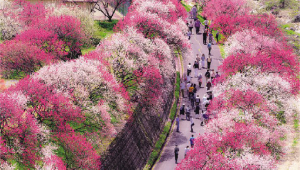
Peach blossoms best from early- to mid-April
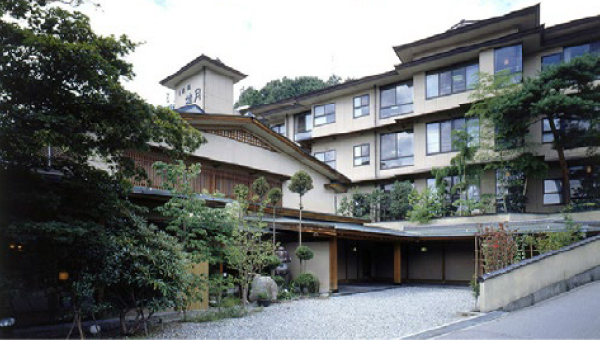
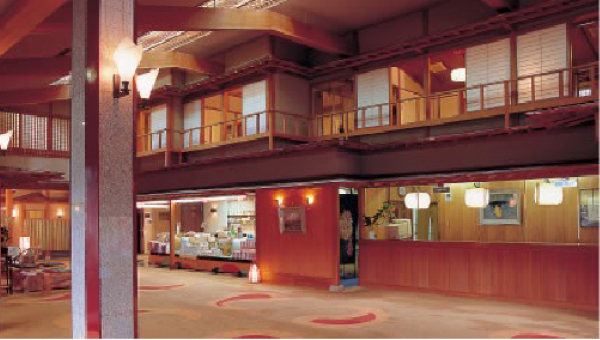
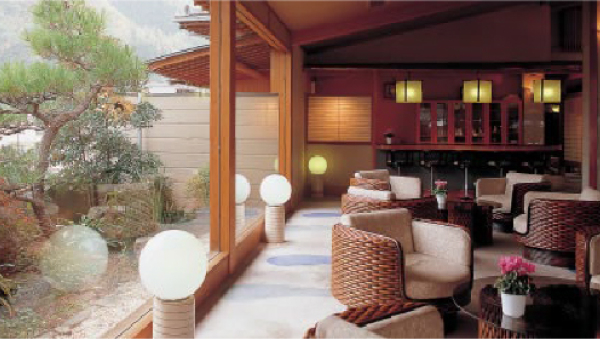
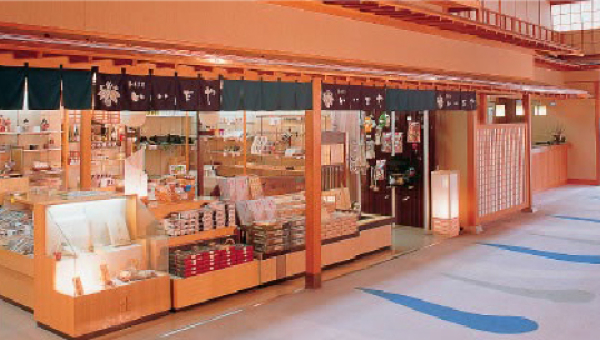
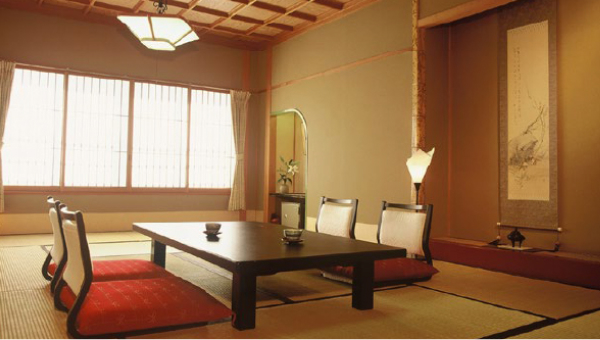
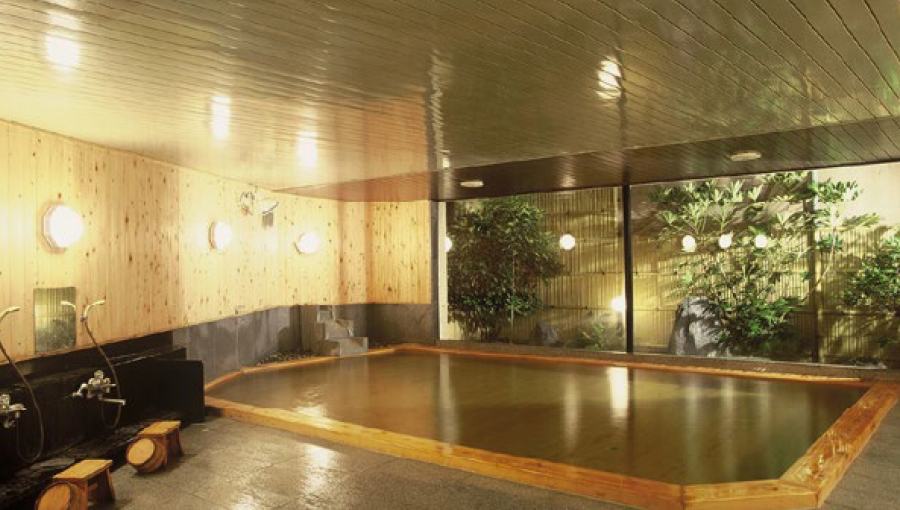
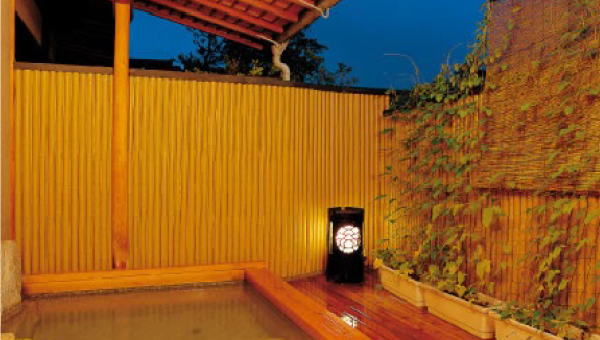
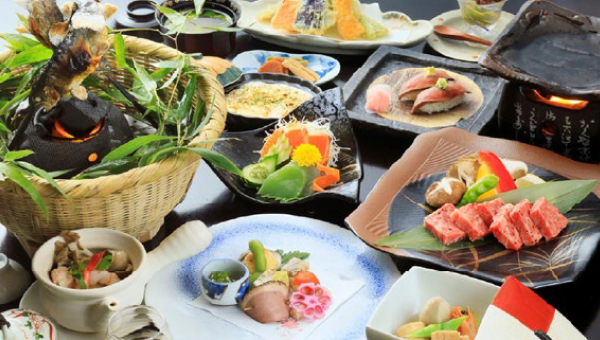
*Image photo of kaiseki dinner.
Hirugami Onsen Morning Market Parking Lot(30 min. from JR Iida Station, 40 min. from Tsumago-juku, 50 min. from Magome-juku (all by car))
Early-April ~ Early November
12 yrs and above
30 days prior
Minimum 4 Maximum 8
Clothing and shoes suitable for hiking and matching the weather conditions. Items may include rain gear (coat/pants), backpack, drinks (1 liter), trail snacks, gloves, hat, sunglasses, down layers, hiking poles, etc.
Day1 : 2
[Distance] About 7km
[Elevation difference] About 157m
A gentle and comfortable walk.
Day2 : 2
[Distance to walk] About 13km
[Elevation difference] About 337m
A lot of the hikeis unpaved and occasionally steep.
Day3 : 3
[Distance to walk] About 12km
[Elevation difference] About 739m
Most of the route is unpaved. Climbing from Misaka Shrine to the Misaka Pass is steep and requires decent physical strength.
Day1 : 2
The walking route is mostly paved with a steady surface.
Day2 : 2
Some parts on the unpaved route can be slippery.
Day3 : 2
Some parts of the unpaved route can be slippery. Watch your step when riding the chairlifts and the ropeway.
English speaking guide fee, Translation fee, cooking experience fee, transportation fee including lifts and ropeway during the tour, meals (2 breakfasts, 3 lunches, 2 dinners), accommodation fee (2 nights)
Transportation to/from the meeting point, insurance (please purchase travel insurance in your own country), and anything else not specified in “what is included” above.
(Bank transfer fees are the responsibility of the participants)
N/A
[Cancelation at customer’s convenience]
– Cancellation on or after the 20th day from the day immediately preceding the starting day of the tour: 20% of the tour price.
-Cancellation on or after the 7th day from the day immediately preceding the starting day of the tour: 30% of the tour price.
– Cancellation the day immediately before the starting day of the tour: 40% of the tour price.
– In cases where the contract is canceled on the starting day of the Tour: 50% of the tour price.
-Cancellation after the start of the tour or the traveler does not participate in the tour without notice (no show): 100% of the tour price.
[Cancellation at the discretion of the organizer]
– In the case of the tour being canceled by the organizer, no cancellation fees will apply.
– In case of cancellation due to bad weather, we will contact you the day before the tour.
– The itinerary may be changed or the tour may be cancelled after the program has started. In this case, we will pay an indemnity in accordance with the Standard General Conditions of Travel Agency Business, except in the case of a force major (natural disaster).